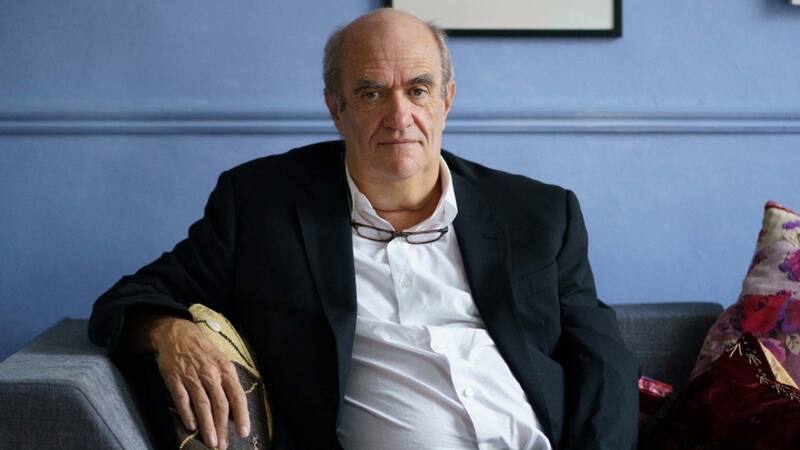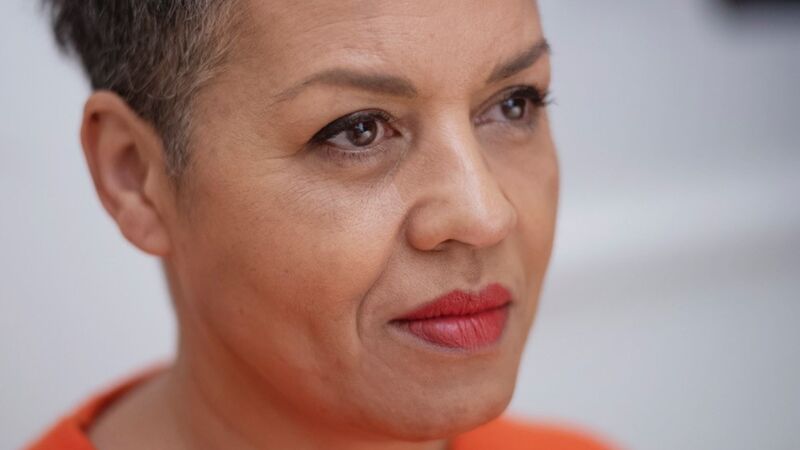You are viewing your 1 free article this month. Login to read more articles.
Printing Charity grant applications close this week
Applications for a grant of up to £1,500, administered by The Printing Charity, draw to a close at the end of the month (30th April), with its chief executive Neil Lovell keen for its reach to extend further into the book publishing industry. Part of its “education and partnerships programme”, he explains, the Print Futures Award helps “people gain qualifications and develop their workplace skills”. For the charity itself, the goal is more holistic: to “help attract and retain new talent in the industry”.
The industry is a looser term than one might suspect. Lovell calls its breadth the “three ps”: printing, publishing and packaging businesses. The bursary—available to those aged 18–30 who are UK residents, studying (or intending to) for a “three p”-related qualification, or working in such a company and looking to progress their skill-set via training courses or materials—is one route to improving diversity in the book trade’s staff, as two recent recipients attest.
Helena McNish, a History MA graduate of Edinburgh University, undertook unpaid internships in an attempt to enter the (paid) publishing industry—receipt of the bursary enabled her to do so without bearing the financial burden. She says internships are a “necessary” step for recent graduates, and adds that “a lot of people I met at the prize-giving [ceremony, held annually at the House of Lords] mentioned how the money was helping them move to London, which is so important for entry into the industry”.
Much like the Publishers Association’s recent Spare Room initiative, the scheme widens the geographical and economic catchment area of the book trade’s recruitment, an oft-cited issue in its attempt to employ a workforce that’s more representative of the UK’s socio-economic make-up. McNish says the bursary “is really helping young people to sidestep obstacles that aren’t going anywhere anytime soon”.
A second recipient, graphic designer and illustrator Daniel J Weatheritt, has similar feelings about the award’s potential. “I was amazed at the range of award winners,” he reveals, “studying and working in all sectors of the creative and printing industries... A Print Futures Award is empowering: it represents a belief in the ideas and ambitions of individuals, a tremendous thing in a world of funding cutbacks and negativity regarding young peoples’ work ethic.” He said he hopes to “see The Printing Charity continue to support people from all areas of the print industry for years to come”; and he put the money to similarly altruistic use, delivering bespoke creative workshops for young people in Northumberland using “Airship Nelson, my fictional travelling art airship”.
Aimed at kids in Year 1 through to those in senior schools, “the sessions are packed with activities and place emphasis on illustration and graphic design processes, showing young people the value in practising and developing print-based skills”. The money enabled him to invest in new “drawing, design and book-making equipment”, to dedicate time to the planning of workshops and design of resources, and to market his activities—in the hope of reaching a far wider audience. (For what it’s worth, Weatheritt is no slouch with a pencil himself: his illustrations have been used by clients ranging from English Heritage to Fox Searchlight.)
And, as appropriate for an award named Print Futures, what do its two recipients envisage for the future of the form? McNish, who says she hopes to work in editorial or production in some capacity, and is currently studying on UCL’s Publishing MA, envisages “a dynamic mix of print and digital [sales], though hopefully the market will be less saturated and we’ll see more thoughtfully designed and written work through the haze”.
Weatheritt, meanwhile, hopes to “create hybrid books that incorporate story and visual techniques used in comics, graphic novels and picture books”, three of his bookish loves. He believes that, in terms of the shape of content to come, “technology will continue to advance digital platforms, but print will always have its place and continue to play an important role in how we communicate. It’s a challenging and innovative industry, and I constantly reassess my role as a designer to ensure my print projects are as environmentally considerate as possible, through the use of sustainably sourced paper and vegetable-based inks.” And of his workshops, he says: “If I help one child to develop a hobby or pursue a creative career, then I will have succeeded.”















